This Month in Broadcast History: June
A hundred years ago, Harry Powers proposed hybrid movie-theater-radio opera presentations
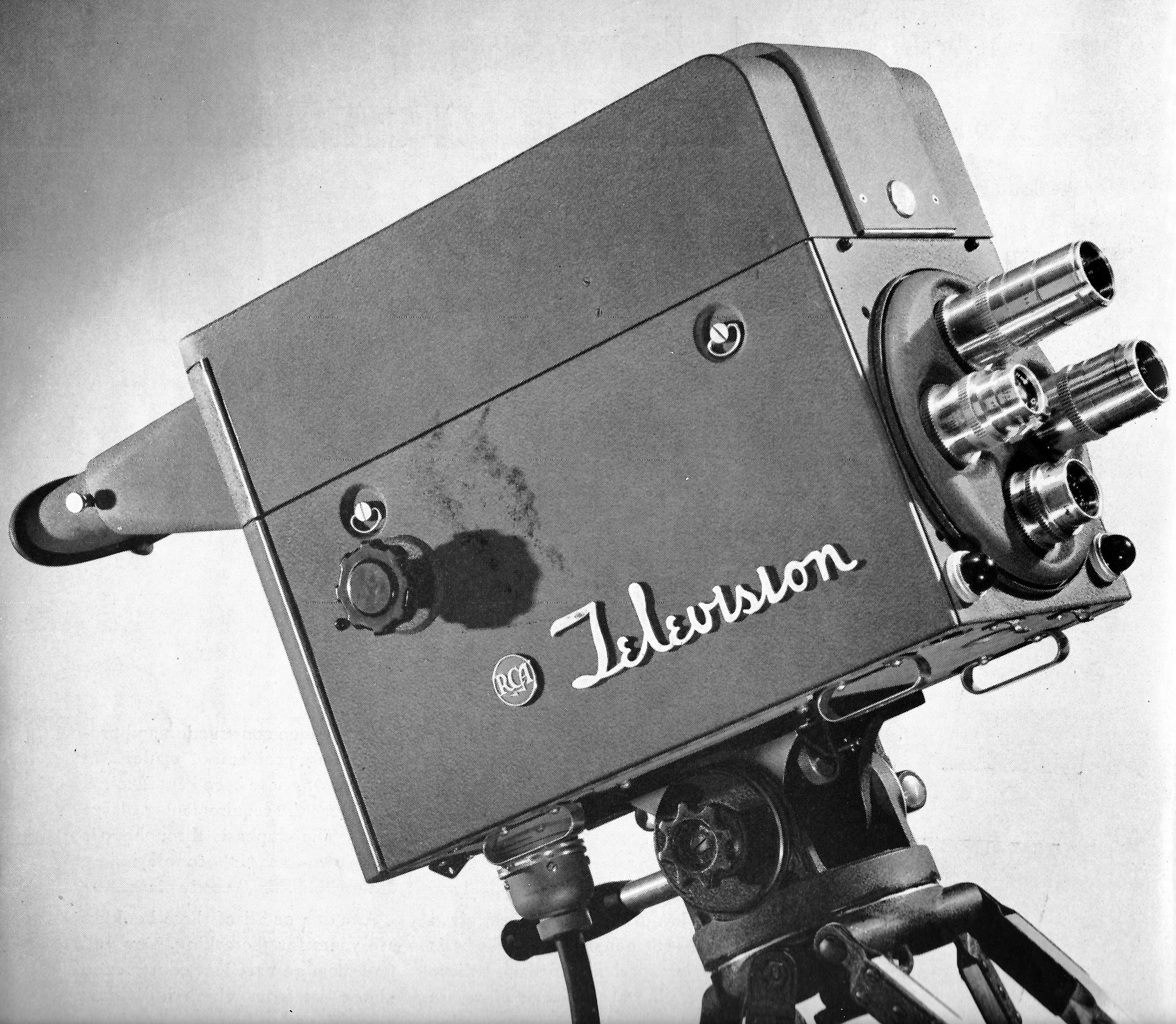
A century ago, the country (and most of the world) had fallen in love with the freshly-minted concept of radio broadcasting, and some individuals were already thinking about tapping this nascent tool for other purposes.
Harry J. Powers Jr. was one of these. Grand opera (broadcast live, of course) was a staple of early radio, and Powers devised what he thought might be a way to cash in by adding “sight” to sound in a forerunner of today’s televising of live events to theater audiences.
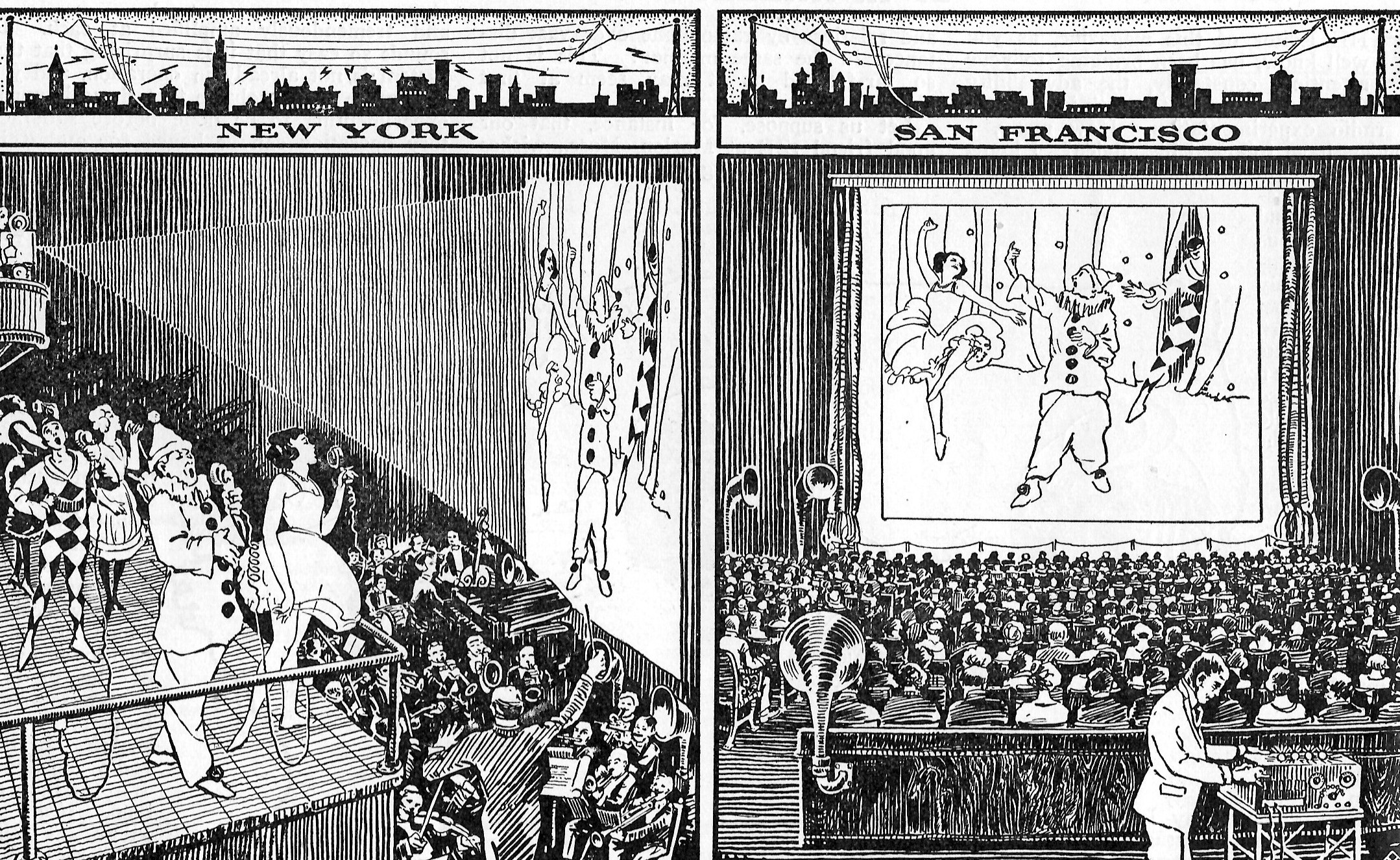
Realizing that 1922 low-res TV wasn’t up to this, Powers devised a scheme in which opera performances would be “pre-recorded” on film (silently, of course, as “talkies” were still five years away) and distributing these to multiple movie theaters where they would be projected in synchronism with a live radio broadcast.
The opera performers and musicians would also be viewing a copy of the film and “lip sync” their radio performance to the projected images. Obviously, all projectors would have to start at exactly the same time and remain in sync for this to work.
While Powers did not claim to have all problems solved in connection with his “radio talking pictures,” he was optimistic about their adoption. (In addition to maintaining synchronism, other issues such as the ability of anyone with a radio receiver to “ride free” seem to have doomed the scheme, and there appears to have been only limited interest in deploying it.)
OTHER NEWS FROM TV’S PAST:
75 Years Ago: Television was at the forefront in discussions involving industry groups and the FCC. Even though post-war TV broadcasting had barely cleared the gate, a spectrum shortage was forecast and it appeared broadcasters would likely be losing some of their newly-apportioned channels. (Ultimately, Ch. 1 (44 to 50 MHz), which had been designated for “community” (LPTV) broadcasting, was reassigned for land mobile use.).
Get the TV Tech Newsletter
The professional video industry's #1 source for news, trends and product and tech information. Sign up below.
Co-channel and adjacent-channel interference (due to short spacing) were becoming more and more common as new TV stations began taking to the air. A possible solution proposed by the FCC’s television section head was to allow stations to increase power by “10-fold or even 100-fold” to try and override the distant signals interfering with local broadcasts. (TV station ERPs were capped then at 50 kW; however, most were operating at less than 20 kW.)
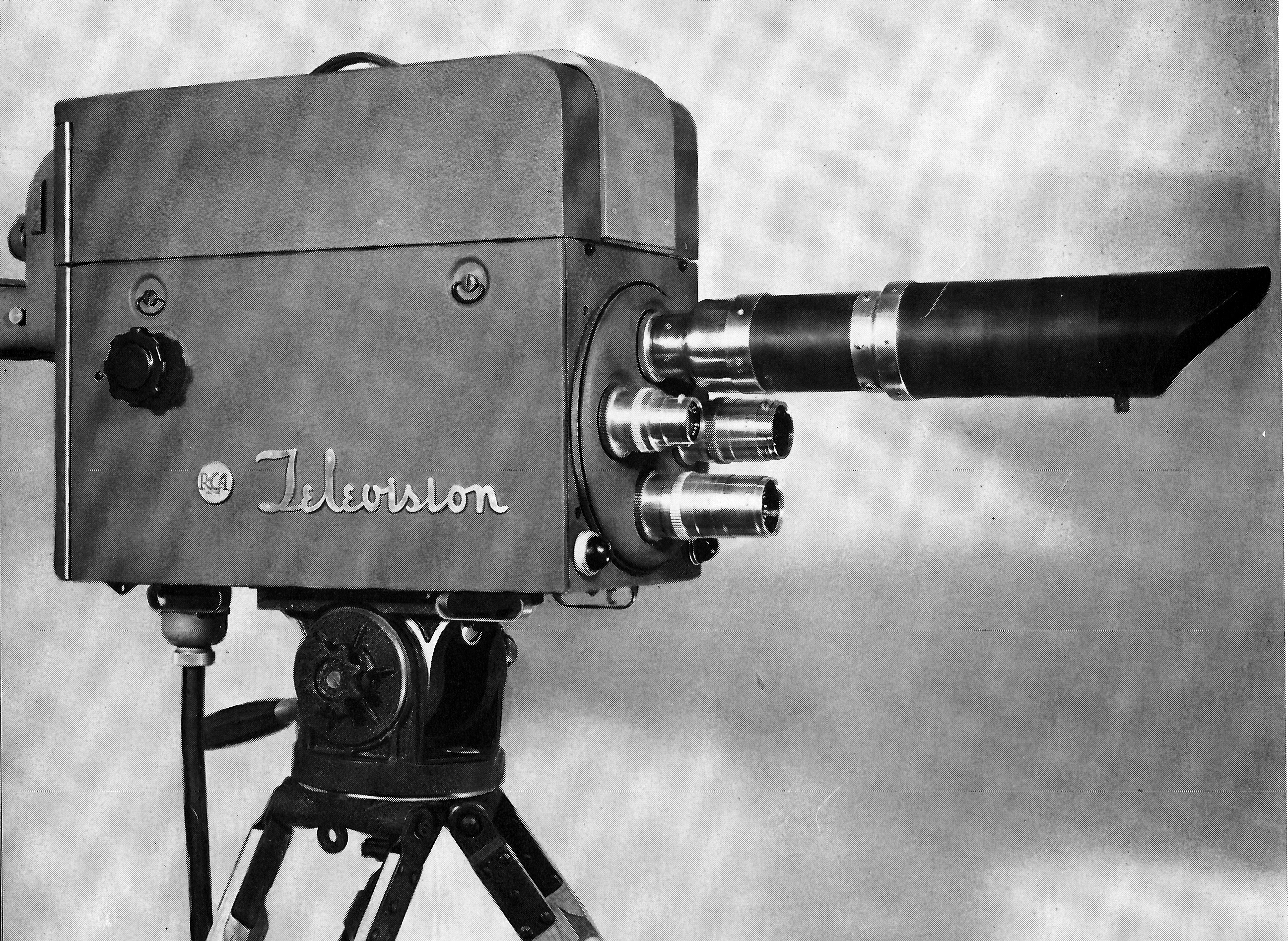
RCA heralded the development of a new image orthicon studio camera that required only 1/10 of the light required by conventional iconoscope cameras. The company claimed it could produce “brilliant, sharply-defined” images with light levels in the 100 to 200 foot-candle range.
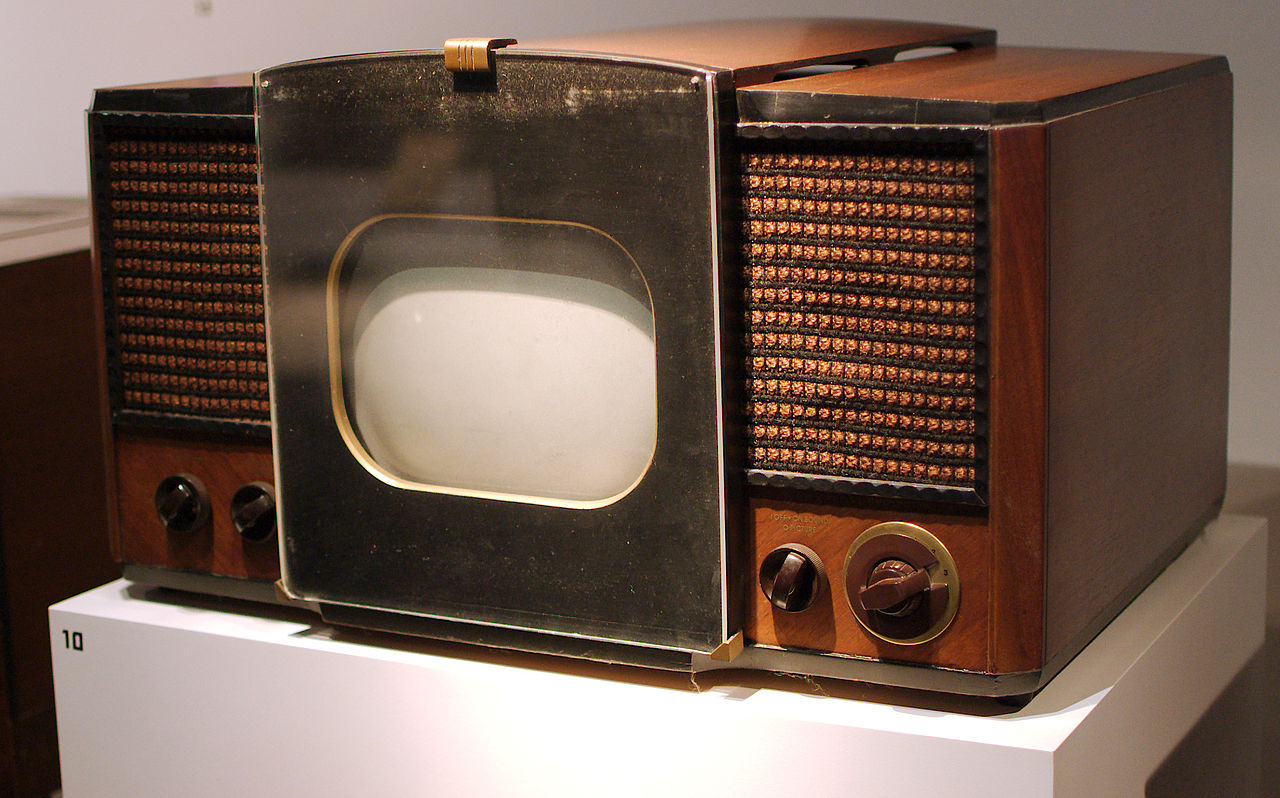
RCA touted savings in both studio lighting and “oversized air conditioning plants,” as well as the elimination of eye-straining glare in the studio. RCA also began shipping a console version of its very successful 630TS television receiver introduced the previous year. The new 10-inch model came with a suggested list price of $450 (more than $5,000 in today’s money).
50 Years Ago: The big industry news reported in June 1972 also came from RCA. This time it was in the video display area. After 18 years of development of delta-gun shadow mask color CRTs, the company announced that it was dropping this design and moving to in-line gun, slotted mask tubes, a design favored by most of the industry then.
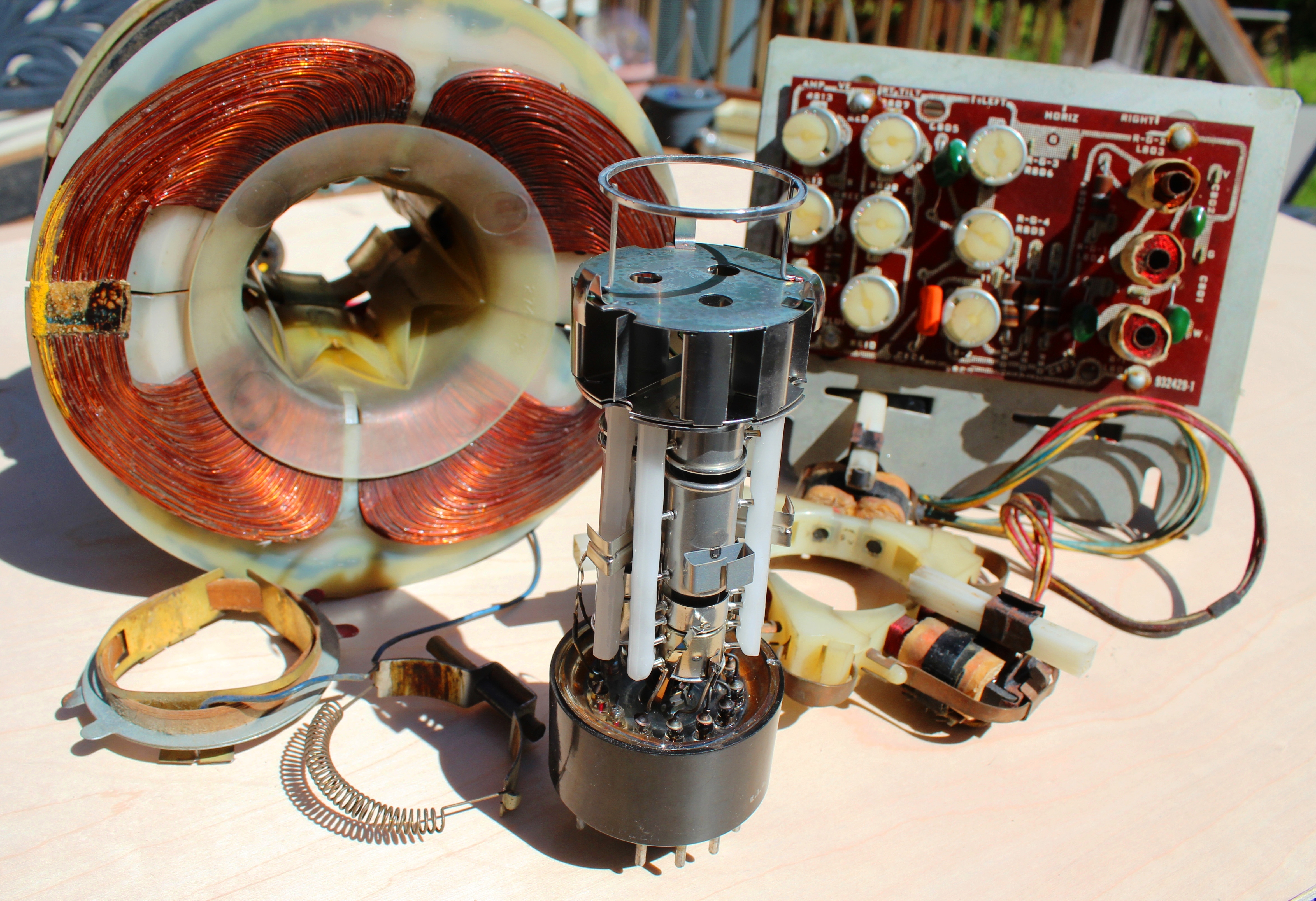
The new design had much to offer, including greatly simplified convergence adjustments. (RCA developed the delta-gun tube in an early-1950s “crash program” to create an all-electronic color television system, and continued to make improvements throughput its lifespan.)
Elsewhere, employees at EECO (the Electronics Engineering Co. of California), a supplier of precision timing systems for scientific organizations, were still basking in the limelight after having been honored at the 1972 National Academy of Arts and Sciences Emmy Awards Banquet for their development of serial timecode equipment for videotape editing. (The EECO timecode would morph into the SMPTE timecode that’s still in use.)
25 Years Ago: The fallout from the U.S. analog to digital TV broadcasting conversion continues, with questions arising about the FCC’s DTV facilities allotments and replication of existing analog service. Dr. Oded Bendov, then Dielectric’s vice president of antenna development, suggested that in some cases it might require ERPs as great as 5 MW to replicate service, even though the FCC had limited DTV stations to 1 MW ERP.
Art Allison, then senior engineer in the NAB’s Science and Technology department, also questioned the FCC’s assumption of outdoor 30-foot-high receiving antennas, as many viewers used indoor antennas. Allison also called attention to potential interference due to short spacing of stations in the new table of allocations.

Sony and National Mobile Television demonstrated the first live broadcast of 4:2:2 SD television with a 16:9 aspect ratio.
CBS’s Joe Flaherty urged broadcasters to make the digital transition as quickly as possible, warning that: “No standard and no spectrum assignments last long unused…and any lack of interest or inaction on the part of broadcasters and manufacturers will result in challenges to the digital spectrum assignment and in the proliferation of incompatible transmission standards by the computer industry and by the competitive media.”
James E. O’Neal has more than 50 years of experience in the broadcast arena, serving for nearly 37 years as a television broadcast engineer and, following his retirement from that field in 2005, moving into journalism as technology editor for TV Technology for almost the next decade. He continues to provide content for this publication, as well as sister publication Radio World, and others. He authored the chapter on HF shortwave radio for the 11th Edition of the NAB Engineering Handbook, and serves as editor-in-chief of the IEEE’s Broadcast Technology publication, and as associate editor of the SMPTE Motion Imaging Journal. He is a SMPTE Life Fellow, and a Life Member of the IEEE and the SBE.

